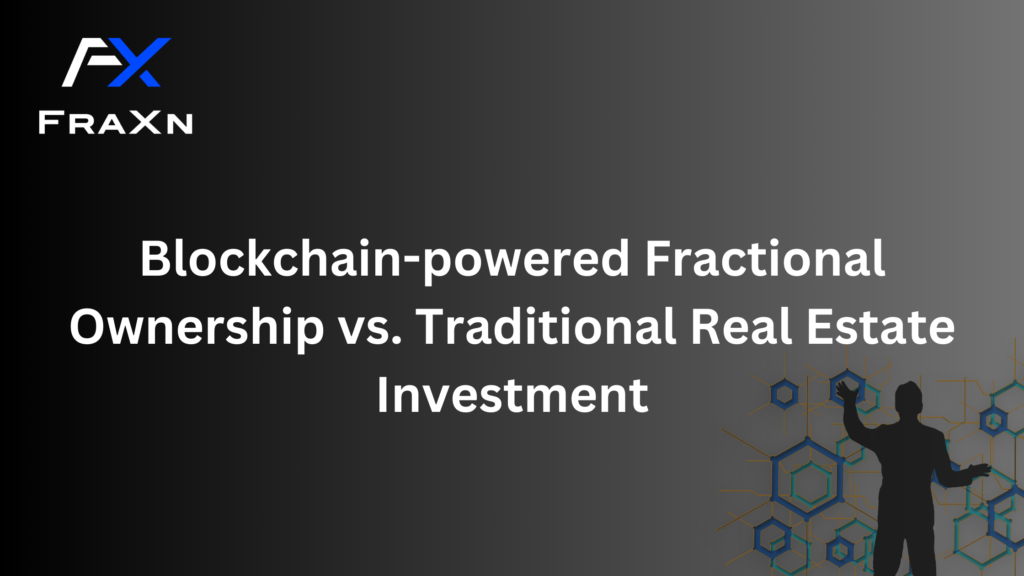
Real estate investment has long been an important asset class for wealth generation and asset diversification. Traditionally, investing in real estate has involved significant capital outlay, property management responsibilities, and often limited liquidity.
However, with the advent of blockchain technology, particularly through fractional ownership, new avenues for real estate investment have emerged, promising increased access and flexibility. Let’s look at the differences and advantages of blockchain-based fractional ownership compared to traditional real estate investment.
The comparison between traditional real estate investment and blockchain fractional ownership highlights distinct advantages and considerations for investors. Traditional investment offers stability and tangible asset ownership but requires significant capital and management commitment.
In contrast, blockchain fractional ownership democratizes access, enhances liquidity, and introduces new levels of transparency and efficiency. As both models evolve, investors will increasingly evaluate their risk tolerance, investment objectives, and regulatory landscapes to capitalize on opportunities in the dynamic real estate market.